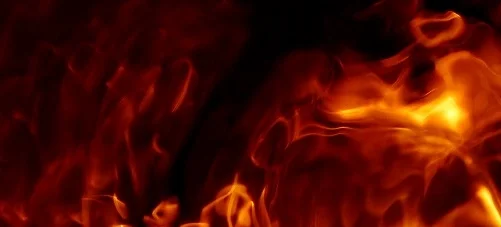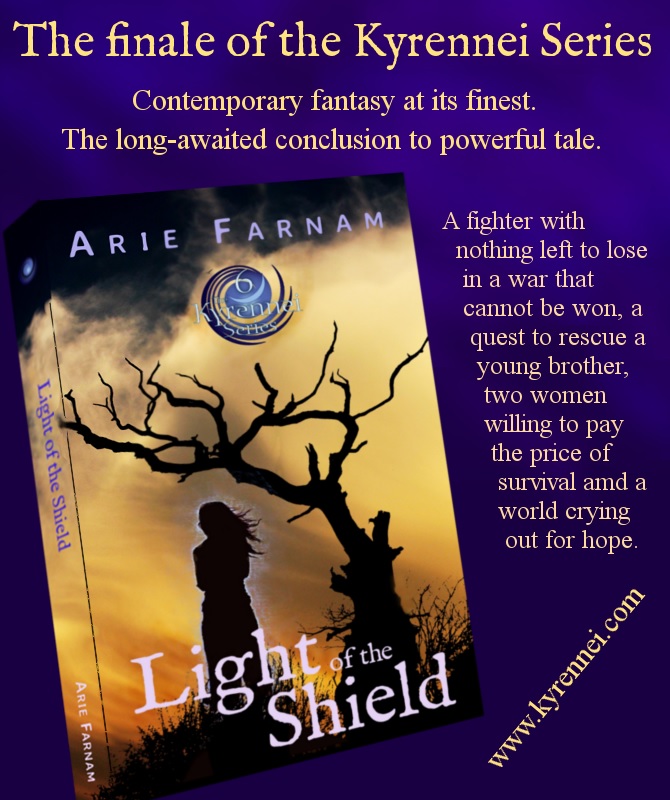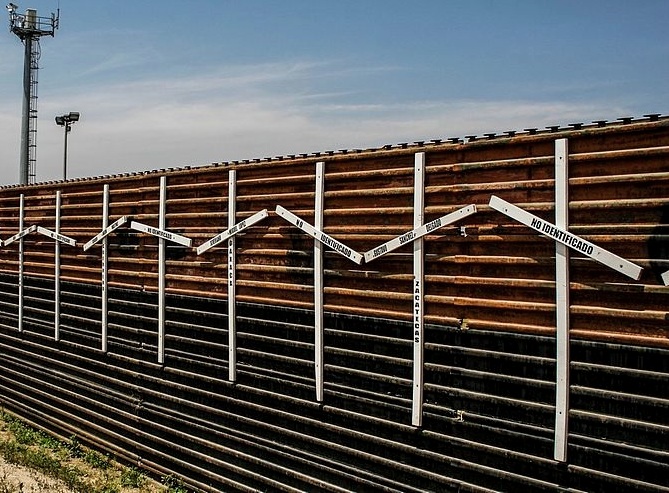What are paramilitaries? See ICE.
/As a rookie journalist, I hovered on the edge of an enraged crowd. I’d dressed in nondescript clothing and tucked a little cash and my ID into an inside pocket. That’s how I could walk into a far-right, racist crowd that had just beaten another journalist to a pulp on national TV and try to blend in.
Armed thugs on motorcycles circled, scanning the crowd for people like me. I stood near a cluster of men, near enough to be mistaken for a hanger on. They looked me over. I looked at my feet and glanced toward one of the men talking nearby. They moved on.
Once I’d gathered enough data to be able to write my report about the far-right demonstration, I started back toward the little hotel where I was staying. This was tricky because my lodging was in a multicultural part of town, and if those who watched the crowd saw me heading in that direction, my cover could be blown in an instant. Even so, I walked with purposeful strides and forced myself not to glance around or look nervous.
Creative Commons image by Steve Thompson of flickr.com
I was at the foot of a bridge, almost safe, when I heard the enormous crash from the legislative building a few blocks away—glass shattering, what sounded like furniture being hurled from a window and the crowd screaming in a mix of rage and delight. Everyone was turned toward the noise; no one was looking at me. I quickened my pace.
I made it to the middle of the bridge before the machine guns opened fire. Dozens of men in the crowd had semi-automatic rifles that they fired into the air. The sound was like nothing I’ve heard before or since, tapping into primal terror at the core of my being.
Like the chatter of a rattlesnake, that thundering sound was a warning of imminent violence. I ran like hell that night, knowing the nationalist crowd would be on my heels, headed into our multicultural neighborhood to terrorize the minority populations. I reached the entrance of my tiny hotel just as the manager was chaining up the door. He let me slip in beside him, and we heard shots ricochet down the street no more than two seconds later.
That far-right crowd sacked the national legislature and then rioted through a multicultural district destroying property and killing those they found on the street. But instead of being punished, the thugs with those military-style weapons were pardoned and then deputized to deal with supposed “terrorists” in the population, meaning the country’s largest minority. The next few months were marked by violence and terror. As a journalist, I tried to report on the chaos, gathered anecdotal evidence about the families being brutalized and tried to explain to folks back home.
I’ve adapted some of the terminology in this account to American terms, but all of the facts are absolutely true. It was a nationalist riot that sacked the legislature. No one used the term “far-right” there, but that’s what it was. The neighborhood I lived in was called multi-ethnic, rather than multicultural. The deputized thugs were called “paramilitaries” in the international press.
That’s because that was Macedonia, the last war of the breakup of Yugoslavia. It was a country where we expect things like a mob that sacks a legislature and is rewarded with weapons and informal authority to terrorize minorities. In that context, we expect terms like “paramilitaries.”
Listening to the news these days—hearing about a US Senator being forced to the ground and the Controller of the City of New York cuffed and detained by unmarked, masked men without any judicial authority beyond the informal blessing of a nationalist leader, hearing about a pregnant woman, a US citizen, brutally arrested simply because of the color of her skin, hearing about families being rounded up, children torn from their parents’ arms, about people detained in cold or overheated and viciously crowded conditions with little food or water, about sick children taken from their home and country, listening to my neighbors fearfully trade tips on where the paramilitaries were last scene locally, I get flashbacks to that war.
And I understand that we really need to start using the same words we use for these things when they happen in other countries.
When it happens in the Balkans, we call it ethnic cleansing. When the government hands out guns and power to men without uniforms who were previously involved in an insurrection and tells them to get rid of the riffraff, we call them “paramilitaries” and what they do is “kidnapping.” The same words should be used when the same things happen here.
I understand the feeling of dislocation because those things are not supposed to happen here. In truth, such things shouldn’t happen anywhere.
The primary disconnect I encounter, even among people who are dismayed by the heinous policies of the Trump administration, is the constant waiting for when it will “get really bad.” As far as I can tell, that means we’re waiting for a time when life on our streets looks like the set for a WWII Hollywood movie. Then, people say, they’ll be willing to stop business as usual and really do something more than go to the occasional protest. Too many people seem to think we should stay calm and keep on with daily routine unless we see tanks in the streets and clouds of debris on the horizon.
If we do see those sights, it will be much too late to take action. And for most people, even in recognized war zones, things look deceptively normal most of the time. The morning after that mob stormed through our neighborhood in Macedonia, I went out to get a good look at the rubble. Storefronts of minority owned businesses had been smashed. But within a few days that was cleared away.
We lived with the presence of paramilitaries for months, but you rarely saw them, just like with ICE today. They’d show up sporadically. People were afraid but also felt like they might be overreacting. You heard about this or that terrible case a few towns over. There were roads known to be watched by snipers. We drove on them anyway, rolling down our car windows to minimize shattering glass if the vehicle was hit, and yelling to raise our courage. And mostly we got through.
That was war. In areas where the ethnic minorities were a majority, they banded together and resisted. No one internationally thought they were unjustified in using violence to defend their neighborhoods. The nationalists called them terrorists, but the international press said they were just defending their families. The US briefly sent troops to rescue some of them.
The situation in the US right now is being significantly downplayed both by most people who simply haven’t been touched by it personally and by the international press. And the underlying reason for all of this hasn’t even been mentioned.
Let’s consider why there is this sudden enormous push to secure the southern border and deport immigrants. Immigration rates haven’t changed dramatically in recent years. Yes, there are immigrants, just as there were 50 years ago. They still come from the same areas and they still do the same jobs, providing much of the agricultural and sanitation labor in the US. What, other than nationalist scapegoating, has truly changed?
The climate changed. Yes, I mean that literally. The actual climate is changing.
This massive push around immigration—which exploits the proclivities of the far-right, but is actually manufactured by think tanks, right-wing media and the wealthy class of conservative power brokers—is the tell that the intelligencia of the right-wing have accepted that climate change is real. They may still put out disingenuous media playing to the science-denialism of their less educated foot soldiers, but they have accepted its reality. That’s why it is worth it to them to round up the immigrant workforce that makes money for them, detain them and deport many of them.
They can see what is coming. More and more of the immigrants and refugees these days are fleeing climate disaster and climate-fueled violence. Severe drought from global heating affects the attitudes nearer to the equator more intensively than it does more moderate zones. This has made some areas of Central America, northern Africa and the Middle East essentially uninhabitable, especially if you’re poor and lack air-conditioning. At these levels, even just the heat is deadly, let alone the lack of water to grow crops.
And that, of course, puts added stress on already impoverished areas, leading to increased political instability and violence. And it will get worse. As the climate crisis accelerates, thanks to the obstruction and obfuscation of the wealthy and corporations in the US and other “developed” nations, human migration will inevitably increase.
If the current substantial trickle of immigrants and refugees at the US southern border feels flood-like, this is nothing compared to what we are likely to see in the future. As areas nearer to the equator become hotter and drier, people will be forced to watch their families die in desperate misery or risk the violent and perilous crossing. And that is not a choice. There will only be the dividing factor between those who lack the strength to keep striving to live a little while longer and those who give up and die. That’s all.
The migration of humans from uninhabitable zones will not stop. It will grow in the next decade, likely to unprecedented levels. And the current use of ICE as paramilitaries is a response to that. It is also a strategy to desensitize the US population to as-of-yet-unseen levels of brutality and depravity in our country.
What ICE is doing is terrible, but I am concerned that it is actually meant to accustom us to violence against immigrants in preparation for far worse.

















